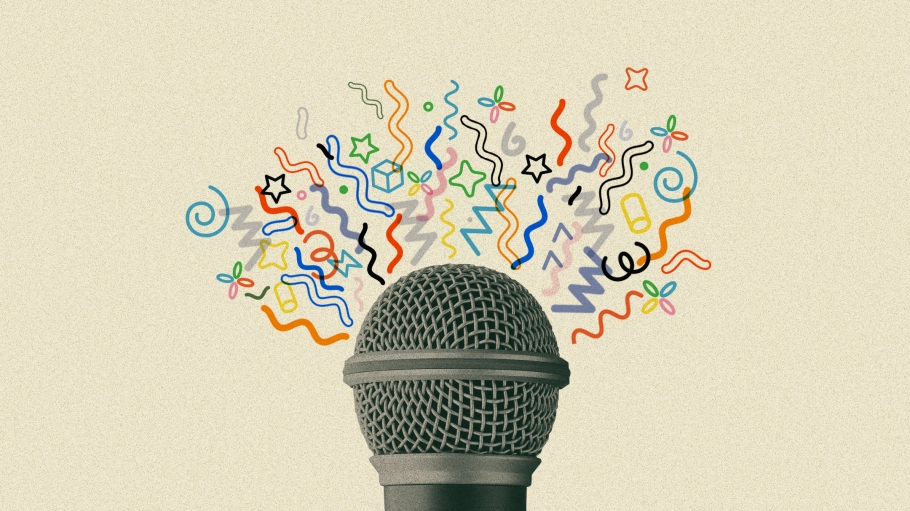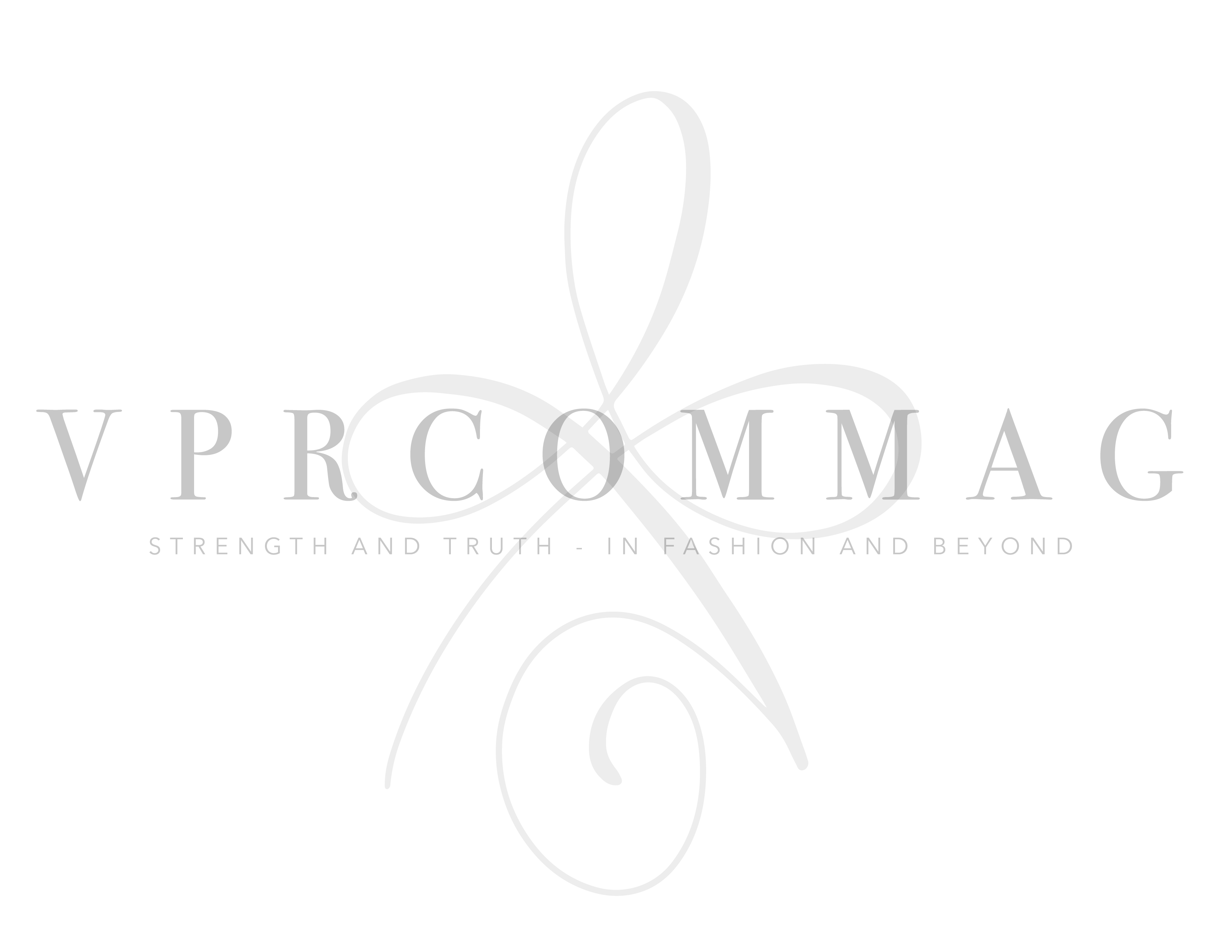
Beauty influencers are settling into a niche trend: ASMR-style videos that mix the satisfaction of sounds with skin care and makeup routines.
ASMR videos, which are meant to cause a tingly body sensation or feeling of satisfaction related to specific sounds, have been around for years in different styles: eating, whispering and role plays, traditionally causing a mixture of highly negative and positive feedback. Comments often range from “this is so satisfying” to “this makes me so uncomfortable.”
Now, makeup and skin care-related ASMR videos have become popular, the latter hitting more than 1.1 billion views on TikTok.
Beauty influencer Marjan Tabibzada, who now has 2.3 million TikTok followers, noticed this trend on the app about a year ago and decided to try it out. Her first ASMR video, a makeup routine, hit 1.3 million views and her second, a skin care routine, hit 6 million views. She now posts these types of videos regularly, oftentimes in partnership with brands, including RoC Skincare and Neutrogena. Skin care routine videos typically do better, she noted.
Similarly, TikTok creator and aesthetician Layal Assi, who now has 1.1 million followers on the app, gained traction after posting a skin care ASMR video. For her foray into this style of video, Assi opted for an ASMR sound created by Milk Makeup, which has been used on more than 14,000 videos. The audio uses satisfying sounds like a clock ticking and water splashing. Other brands such as Bliss have also jumped on the bandwagon to create their own reusable sounds, as well as ASMR advertisements and influencer collaborations.
“It’s something people like to watch over and over,” said Assi of the trend. “That’s why it’s actually very smart for advertisers because people are going to watch it over and over, and the way the TikTok algorithm works is when people rewatch it, it’s going to keep boosting that video.”
The ASMR beauty space includes an array of video styles: everything from routines, unboxings, hauls and point-of-view role plays. For most TikTokers, they first test out ASMR by using a premade audio made up of satisfying sounds like water splashing and matching it up with actions in the video, such as applying a sheet mask. On TikTok, most ASMR videos do not use the natural sound from the actual recording. The heightened version of the sound is part of the satisfaction for viewers noted Mireya Arios, who has amassed 3.8 million followers on the app.
Seasoned ASMR content creators will often make their own audio files, pulling from previous videos, online soundboards or by recording their own with a highly sensitive microphone. While most of these videos are only 15 seconds, they can take up to four hours to create, noted Tabibzada. For Assi, the entire editing process sometimes takes up to eight hours depending on if she’s creating the sounds herself.
This new wave of ASMR content isn’t just about the sounds, though. The aesthetic of the video plays a major role, and creators say followers are looking to see fun products on screen, whether that be a lip mask, a bubbling face mask, or colorful products. Arios said the more innovative the product is, the more engagement she receives.
Arios’ videos are bombarded with comments like, “I watched this on a loop. I can’t stop watching it. This is addictive.” Tabibzada said she has seen brands and products blow up on TikTok after being featured in an ASMR-style video.
While the ASMR trend has gained traction on Tiktok, it’s also started to permeate Instagram. YouTube, too, has fostered a crop of ASMR influencers, such as Jocie B ASMR who creates point-of-view videos where she pampers the customer or viewer with beauty services. She also does makeup routines and hauls in the classic ASMR whisper style for her 1.15 million YouTube subscribers.
Over the past year, beauty ASMR has evolved to focus more on the overall aesthetic and expand its popularity amongst big-time content creators and brands. From Tabibzada’s perspective, the trend is just beginning.
“I started this wave and I’m going to continue it until it dies down. When that will be, I don’t know, a year from now, two months from now, five years from now, I don’t know,” said Tabibzada. “But with ASMR, I’m always going to try and continuously do new things, new products, new sounds to always just keep it alive and going.”
Original article via WWD


